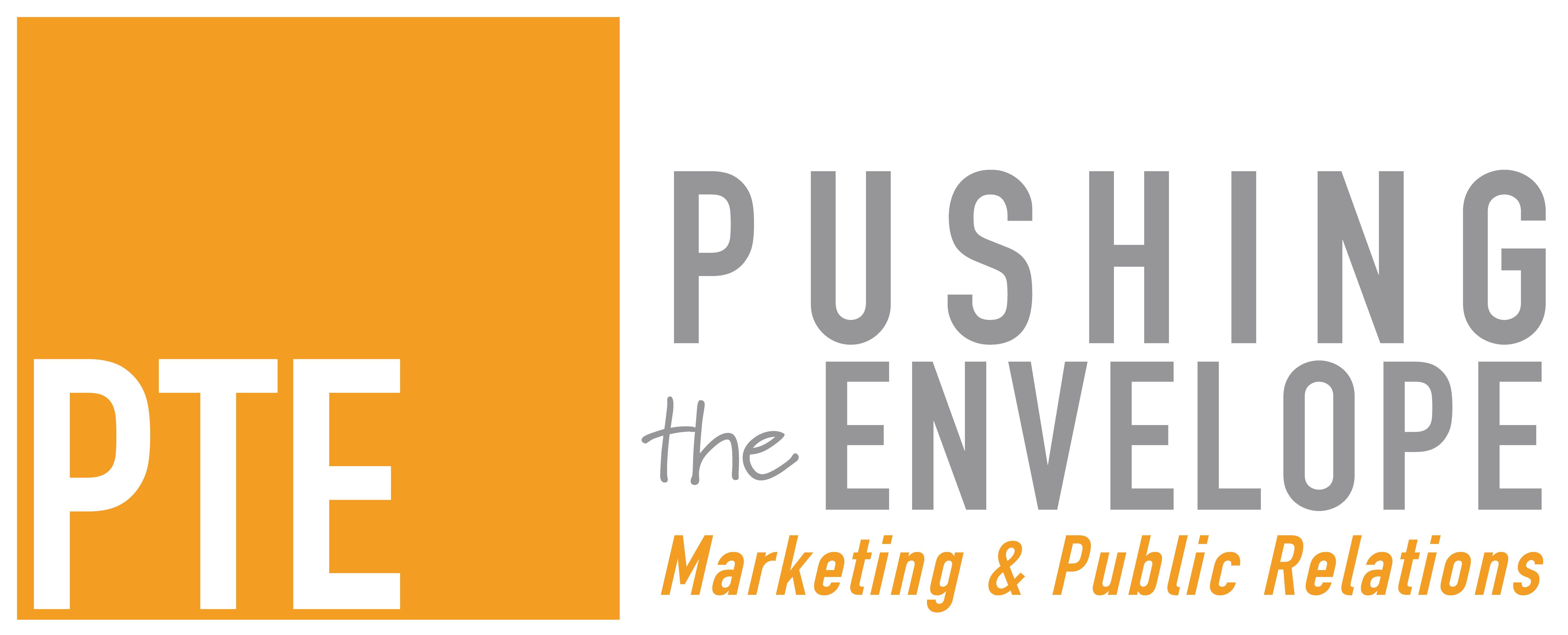Search engine optimization (SEO) is the practice of refining and enhancing your web content to improve your website traffic quality and quantity. Similar to most digital tools and platforms, an SEO strategy relies on an ever-changing landscape of automation and scripts designed to improve the user experience over time.
Are your eyes already glazing over? Take a deep breath and read on. We promise, defining your SEO strategy isn’t as scary as it sounds, and the results are worth it.
Identify and analyze your current SEO strategy
If you have a website, you have an SEO strategy. While it may not be a good or intentional one (no judgement, just friendly honesty), search engines are crawling your website and analyzing your content for indexing. To see what keywords your website is currently being associated with, you’ll need a traffic analytics tool installed on your site, such as Google Analytics. Key metrics to focus on are impressions, clicks, click-through rate (CTR), and average position concerning each search query tracked.
What does this tell you? By analyzing this performance data, you’ll get a good idea of
- what users are searching for
- what search results page your site is showing on
- if users are clicking through to your site.
This data can give you a decent overall picture of what search engines perceive the content on your website to provide to visitors, all based on its content (copy, data, etc. on your website).
Once you know what search terms your website is indexed for, it’s crucial to analyze if these align with your goals and objectives. Review your top search queries and make a note of which keywords are producing traffic. Analyze if these results are relevant to your business and flag any obscure or irrelevant terms. This research will give you a good baseline to measure future performance.
Build your targeted keyword strategy
After you’ve analyzed where you are, it’s time to outline where you want to be. Start building your ideal SEO strategy by defining the keywords and search terms you want to show up for. An organized approach to doing this is to identify topic clusters that best represent your product lines or service areas.
For example, some of the topic clusters for PTE would include marketing, public relations, branding, digital marketing, advertising, etc.
Once you have your overarching clusters defined, it’s time to get specific with various search terms that best align with your audience’s searches. For example, our clients usually don’t find us by simply searching for “branding”; instead, they search for “graphic design services”, “logo development” or “Fort Myers marketing agency.” Keep in mind that users search for items based on the need or desire to be fulfilled and frequently aren’t using the exact key terms or phrases that directly identify your products or services. Using tools such as Google Trends can help you see the volume of these search terms as well, giving you a better idea of what phrases are most popular. Looking at related searches is another excellent way to identify keywords and phrases your audience is searching for that you may be overlooking.
Another research strategy to help build your ideal keyword list is to research what search terms your competitors prioritize. While all product lines or service areas may not apply, you’ll likely find some inspiration or key terms you may have forgotten. There are many free and paid tools you can use to help you perform a competitor SEO analysis.
When you have a lengthy wish list of SEO keywords, it’s time to define the head terms and long-tail keywords that will guide your strategy. Head terms are short one-to-three-word search phrases such as “marketing” or “social media advertising.” Head terms are usually harder to rank for due to their broad and generic nature. To enhance your SEO strategy, you’re going to want to include several long-tail keywords, search phrases having three or more words, in your core strategy. Examples of long-tail keywords include “best marketing agency Fort Myers” or “Public relations firm specializing in restaurants.” These more specific search phrases help search engines better identify the exact content on your site.
Refine your SEO strategy and put it to work
If you’ve followed our guidance, you’ve likely built a lengthy list of keywords and search terms. Refine that list by prioritizing your top business objectives and considering the search engine algorithm. Search engines rank content based on three key factors–relevance, authority, and volume. Past SEO practices such as keyword stuffing, exact-match domains, and keyword variation pages are no longer suitable for today’s algorithms. In fact, many of these past practices are frowned upon and can hurt your rankings. It’s essential to base your core SEO strategy on what topics your business is an authority on and create content most relevant to your audience.
Once you have a refined SEO strategy that makes the most sense for your business, you can develop content surrounding those topics. This content can be in the form of text on interior landing pages, blogs, articles, etc. Current best practices state that page content should be 2,000+ words in length, have an optimal user experience, and include internal links, among many other suggestions. Developing website content to implement your SEO strategy effectively isn’t going to happen overnight. SEO is a lengthy process that never ends and will consistently require updates and maintenance.
If SEO sounds like a lot of work, it is. And, while it is a long game approach, it’s well worth it in the end. Luckily, there are many tools and agencies (like us) that can help businesses get found. Our team has years of experience researching, analyzing, and implementing SEO strategies that help our clients move up in the rankings. We also continuously monitor industry best practices and that mysterious and elusive algorithm we talk about so much. If you’d like our expertise on your side, contact us today!

